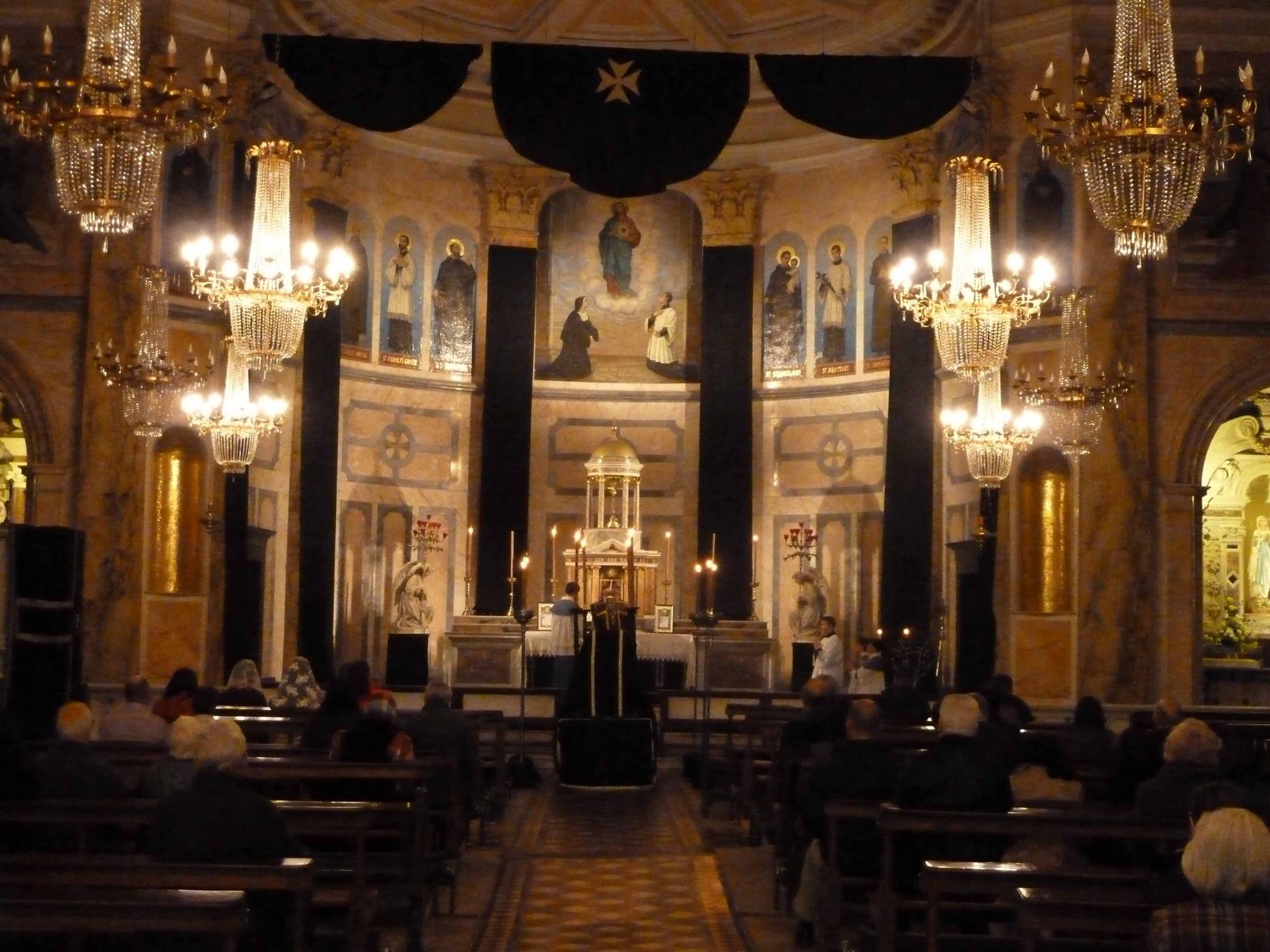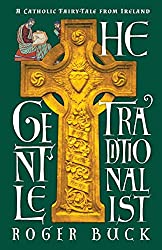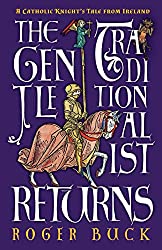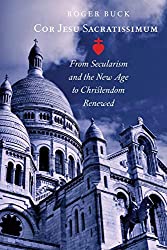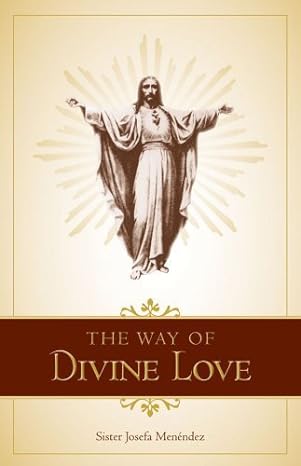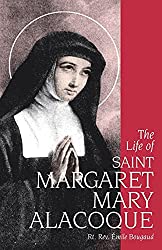We remarked last time that, from the beginning of the modern era, following the Renaissance and Reformation, the Catholic countries across the world began to be awash in images of His Sacred Heart – in churches, monasteries, schools and private homes. The call even went forth to place it on the flags of whole nations.
We Anglophones who most often (though not always) are surrounded by a culture that is predominantly Protestant in heritage are likely to be far less conscious of this – unless we have spent significant time say, in France or the Latin American countries.
But in the Catholic world, imagery of the Sacred Heart might often have seemed omni-present in the past. (A visitor to France today can find not only countless windows like the one above, but also weather-beaten wayside crosses with the Heart centrally displayed, statues of Jesus revealing His Heart, decorative motifs with the Cor Jesu repeated endlessly etc).
Now all of this is to do with the efforts of St. Margaret Mary Alacoque, following her visions of the Sacred Heart beginning in 1673 in Paray-le-Monial in France.
As we shall see, following these visions, the Saint became on fire to see that the image of the Sacred Heart could be found everywhere – including being worn on the body of the individual person.
But before we come to St. Margaret Mary’s mission to promote the image, let us note that all of this is in keeping with with the fact that from the very start, the Revelation of the Cult of the Sacred Heart had been given in an intensely visual and symbolic way.
Let us listen as the Saint recounts herself the first great Apparition in Paray-le-Monial. Here she is, as quoted in Bishop Bougaud’s The Life of St Margaret Mary Alacoque:
One day on the Feast of St. John the Evangelist, 1674, after having received from my Divine Saviour a favour almost similar to that bestowed upon the beloved Disciple on the evening of the Last Supper, the Divine Heart was represented to me as on a throne of fire and flames, shedding rays on every side brighter than the sun and transparent as crystal.
The Wound which He received upon the Cross appeared there visibly; a crown of thorns encircled the Divine Heart, and It was surmounted by a cross.
These instruments of His Passion signified, as my Divine Master gave me to understand, that it was the unbounded love which He had for men that had been the source of all His sufferings; that from the first moment of His Incarnation all these torments had been present to Him, and that from the first moment the Cross had been, so to say, planted in His Heart; that from that moment He accepted all the pains and humiliations which His Sacred Humanity was to suffer during the course of His mortal life, and even the outrages to which His love for men exposed Him till the end of the world in the Blessed Sacrament.
He gave me to understand afterwards that it was the great desire He had to be perfectly loved by men that had made Him form the design of disclosing to them His Heart, and of giving them in these latter times this last effort of His love, by proposing to them an object and a means so calculated to engage them to love Him, and love Him solidly, opening to them all the treasures of love, mercy, and grace, of sanctification and salvation which It contains, in order that all who should wish to pay and procure for Him all the honor and love which they can, might be enriched in profusion with the divine treasures, of which It is the fruitful and inexhaustible source. [Italics mine]
Here is a passage which can be read, studied, contemplated many times with profit to the soul!
And here, we see that this Heart presents itself in symbolic fashion to be contemplated. The visible wound to the Heart, the crown of thorns, the cross atop the heart, the flames have been shown for a purpose.
But they are there not only to be contemplated as symbols – the purpose of the image is also benediction. Through this image, people were to be “enriched in profusion” – a profusion of Grace …
(And what does it mean today dear Reader, that in the period since Vatican II, the image is clearly in retreat – for we modern, “sophisticated” types can no longer bear anything so obviously “naive, childlike and sentimental”?)
Hear my Two-Part EWTN Interview—Or Continue Below
Series Guide: This is the first of four published parts. Here are links to all parts of the series:
- Symbols and Imagery in the Sacred Heart Devotion Part 1: Origins
- Symbols and Imagery in the Sacred Heart Devotion Part 2: St. Margaret Mary Alacoque
- Symbols and Imagery in the Sacred Heart Devotion Part 3: On the Edge of Modernity
- Symbols and Imagery in the Sacred Heart Devotion Part 4: In Tridentine Catholicism
Foreword for Monarchy by Roger Buck
Buying Books at Amazon Through These Links Gives Us a Commission. This Supports Our Apostolate. Thank You if You Can Help Us Like This!
